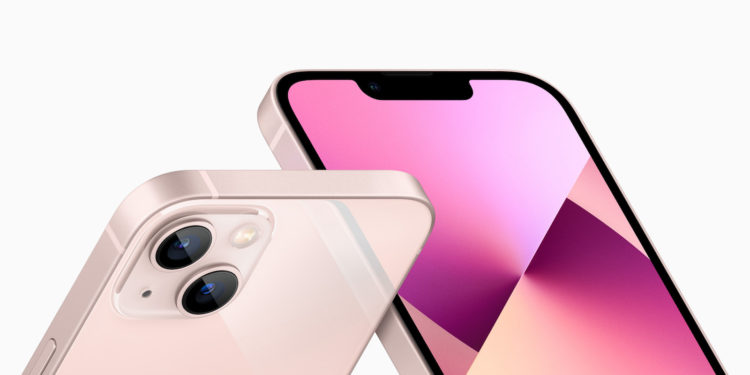Apple introduced the iPhone 13 series yesterday. Although the company markets all four models with the same processor, there are slight differences in performance. The two Pro models have the edge.
The A15 Bionic chip powers the entire iPhone 13 lineup, from the iPhone 13 mini to the iPhone 13 Pro Max. According to Apple, the new CPU has two high-performance cores and four cores for energy efficiency. While they are likely the same in both models, graphics performance differs between the regular and Pro versions. The GPU of the A15 Bionic chip in the iPhone 13 mini and iPhone 13 has four cores and, according to Apple, delivers 30% better graphics performance than the "competition."
iPhone 13: “The A15 Bionic is the fastest chip in a smartphone”
The A15 Bionic chip in the iPhone 13 Pro and iPhone 13 Pro Max, however, has an additional core, giving a total of five cores, delivering up to 50% better performance than the competition. The reason for this difference could be because the Pro models support ProRes codecs. Apple said the A15 Bionic includes new video encoders and decoders that can record and edit videos in ProRes, which not only require a lot of internal storage (which led to the new 1TB model) but also put a lot of demands on the GPU. So explained Apple:
The A15 Bionic – the fastest chip in a smartphone – features a new 5-core GPU in the Pro line, delivering the fastest graphics performance in a smartphone. It's up to 50 percent faster than leading rivals and ideal for video apps, high-performance gaming, and the many new camera features.
All four iPhone 13 models can be pre-ordered from Apple starting Friday, September 17th. Delivery is scheduled to begin on September 24th. You can find more information about the new iPhone models below. (Image: Apple)
- "California streaming" event: Apple presents iPhone 13 series
- “California streaming” event: These are the new iPhone 13 Pro models





